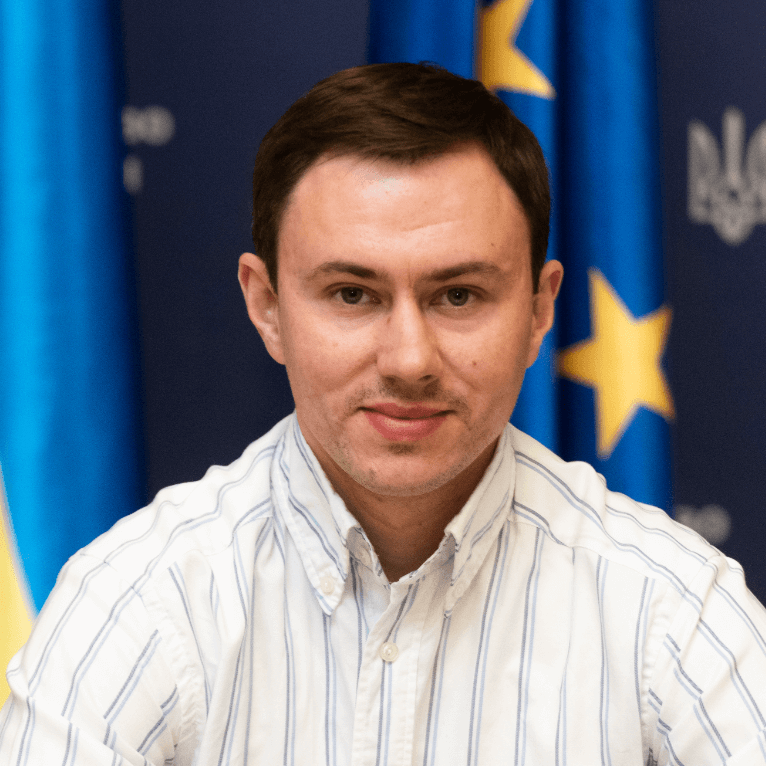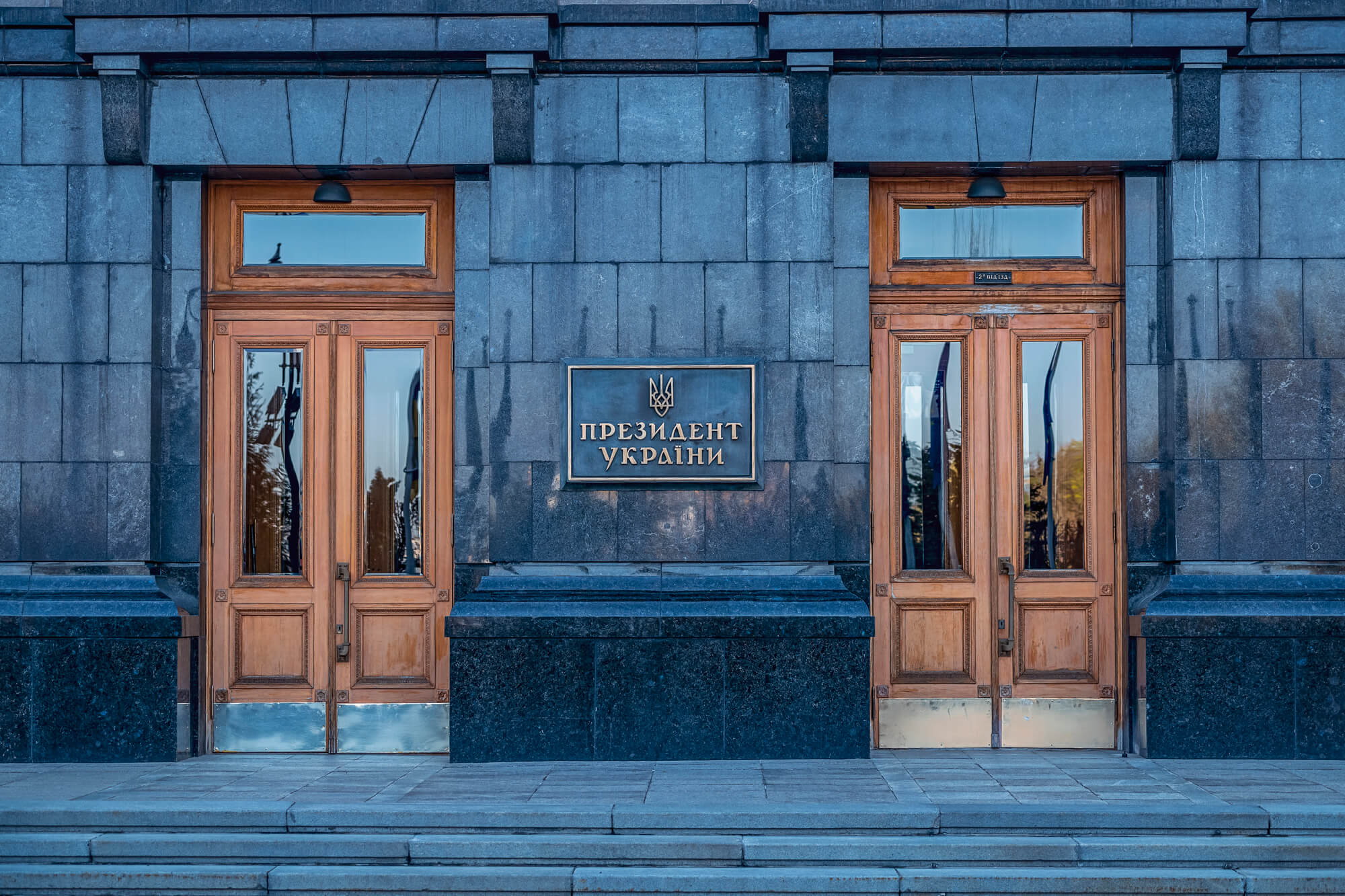The latest guest on the “Reconstruction” podcast is Mykola Kolisnyk, Deputy Minister of Energy of Ukraine. We discussed the country’s readiness for winter, electricity imports, tariffs, the impact of climate change on generation, the prospects of nuclear power, and the European future of Ukrainian energy.
On infrastructure strikes and adaptability
The worst consequence of the recent Russian strikes on our infrastructure is that we lost 9 MW of maneuvering capacity from thermal and hydroelectric power plants. This is exactly the type of generation that allows us to meet demand during the evening and morning peak hours.
To cope with this, electricity imports from friendly neighboring countries are being used. This became possible due to two factors. First, a few years ago, Ukraine began desynchronizing from the post-Soviet energy space and synchronizing with the integrated energy system of the European Union. This allows for electricity imports and enables future commercial cooperation with our partner countries.
The key points of the podcast were compiled by Maksym Yovenko, a Reform Index project assistant.
Secondly, the government has allowed businesses to operate without power outages if they import at least 80% of their electricity needs. Large enterprises are particularly interested in this mechanism. They often operate in three shifts, so uninterrupted work is especially crucial for them, as any stoppage results in significant losses.
Critical infrastructure facilities are another important type of consumer. Their uninterrupted operation is a priority, so the government has developed tools for installing backup generation for their own needs. These include various technical solutions: energy storage systems, gas and diesel generators, gas piston units, etc.
These solutions ensure uninterrupted electricity supply to schools, hospitals, and other similar infrastructure facilities. However, equally important is that the freed-up electricity volume is proportionally redistributed among household consumers.
On electricity export
Ukraine is not exporting and does not plan to export electricity (this conversation took place in July—ed.). By definition, when the domestic system is in deficit, we have nothing left to sell abroad.
Of course, before the full-scale invasion, Ukraine generated a significant amount of electricity. The occupied Zaporizhzhia Nuclear Power Plant, the largest in Europe, is a prime example. It has six nuclear reactors with a combined capacity of 6,000 megawatts, which would help balance the current crisis situation.
Given these losses, we understand the need to increase nuclear generation. Fortunately, we have strategic advantages to accomplish this task: energy expertise, trained personnel, and the necessary infrastructure. More nuclear power would allow us to not only cover our own basic needs but also be export-oriented. However, this is strictly a peacetime matter.
EU accession and tariffs
As part of aligning the conditions for obtaining EU membership status, Ukraine must also fulfill the sections of the Agreement in the energy sector. Currently, the requirements for the natural gas market are almost fully met, while work on the electricity market conditions is still ongoing. In 2019, the Law “On the Electricity Market” was adopted, allowing for free pricing, meaning direct bilateral contracts in this market.
Only household consumers are currently covered by the “last resort supply” under a regulated (reduced—ed.) tariff, as decided by the Cabinet of Ministers. The actual market value of electricity is much higher: its minimum production cost is UAH 4.5/kWh. Together with the costs of transmission and distribution to the end consumer, the price can rise to UAH 7.5/kWh. Ultimately, the expenses for this support fall on the shoulders of Energoatom and Ukrhydroenergo.
Therefore, the market price of electricity for the population is more of a post-war issue. We understand that this requires stability in finances, the energy system, and civilian life. That is why, today, we must work on organizing the market and preparing the population for the future choice of service providers.
On carbon neutrality and the future energy mix
We reviewed several options for the structure of future generation (the “energy mix” — ed.) as well as all available energy system models worldwide, along with their strengths and weaknesses.
We reached a consensus that the right energy mix should be based on the European Union’s requirements for climate neutrality (i.e., zero net greenhouse gas emissions — ed.), which see gas and nuclear energy as an intermediate stage on the path to this goal.
This is indeed a relevant issue. For example, the question of whether to invest in large-scale nuclear generation remains open. Currently, most countries are experiencing a so-called “nuclear renaissance,” and within this “renaissance,” Ukraine has unique conditions, as we have retained our highly qualified personnel. A counterexample is Germany, which, when considering the reactivation of nuclear reactors, faces the problem of lost human capital in this field.
Therefore, given the favorable preconditions, the need to rebuild our base generation, and the EU’s climate requirements, nuclear generation stands out as the cheapest and most effective technical solution today.
On the future and challenges of renewable energy sources
We are also focusing on the active development of renewable energy sources, but only in conjunction with storage systems known as industrial batteries. However, despite the importance of this tool, the industrial battery market is still developing. Currently, these are not cheap technologies, but they will be present in our energy system in the future. Ukraine’s climate zones provide good wind and solar potential, and industrial batteries can help stabilize the system.
However, it is important to remember that countries that have heavily relied on renewable energy sources are currently experiencing blackouts, even in peaceful conditions, as weather variability creates surpluses and energy deficits in these countries.
We must also not forget about climate change. Excessive storms, which can damage solar panels, for example, make the system’s maneuvering stability unreliable. Therefore, the foundation of this stability should be base generation, which, for now, remains non-renewable.
On whether nuclear energy is truly safe in wartime conditions
Nuclear energy is one of the safest in the world. If we look at the overall number of accidents, heat and power plants dominate.
Moreover, the nuclear industry has made significant advancements after the accidents in Chornobyl and Fukushima. Today, there are entirely different classes of protection for nuclear power plants and their individual components, complemented by numerous backup installations and safety lines that incorporate all prior experience.
In the context of war, we understand that nuclear power plants are the top priority for air defense. There is ongoing cooperation with international partners to provide maximum protection for civilian energy facilities and civilian infrastructure in general.
Protection projects have already proven effective during drone attacks and other types of assaults. Despite the topic’s sensitivity, we still believe that nuclear generation should continue to develop, as it provides us with energy security and a sense of financial stability for the future.
On preparation for winter
The government has already developed a number of financial instruments to enable consumers to install additional generation. For example, the “5-7-9” credit program has been expanded, enabling apartment building co-owners associations (OSBB) to install solar panels or gas generators to meet their own energy needs. Today, we already have positive examples where some consumers generate even more energy than they need. As a result, they become prosumers, selling the surplus back to the general power grid.
On the other hand, there is the issue of system stability. The largest maintenance campaign of energy facilities in recent years is currently underway. Through the Energy Support Fund, we request necessary equipment from our international partners. If such equipment is available in stock, it is immediately transferred to Ukrainian energy companies to rapidly restore damaged infrastructure.
Unfortunately, shelling occurs almost daily in frontline regions such as Chernihiv, Sumy, Kharkiv, Donetsk, Zaporizhzhia, and Kherson, causing power line disruptions. Despite the risks, energy crews work daily to restore the power supply. To do this, they need a reserve of equipment, which is also provided by the Energy Support Fund.
The enemy aims to achieve a total blackout and continues attacks on civilian energy infrastructure. Therefore, our task is to build a decentralized system in every settlement that will support power supply even under extremely challenging conditions.
Фото: depositphotos.com
Attention
The authors do not work for, consult to, own shares in or receive funding from any company or organization that would benefit from this article, and have no relevant affiliations




